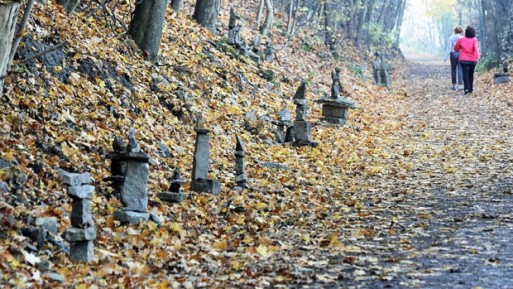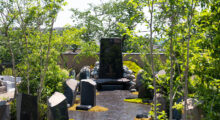Inukshuks originate from the Inuit people indigenous to Canada’s north. They are meant to represent the human form, and are made from unworked stone. Their message is two-fold: they either mean that “you are on the right path” or “someone was here.”
Kristen Villebrun and her group of about 10 other people have been building inukshuks along the Chedoke Rail Trail in Hamilton, Ontario for several weeks now. Since Canada’s recently elected Liberal government was sworn in to power late in October, human rights activists have been hopeful that an inquiry into the cases of Canada’s 1,181 murdered and missing indigenous women will come to fruition.
As of April 2015, 174 indigenous women across all police districts remain missing — 111 of them under suspicious circumstances. According to the Assembly of First Nations, this necessitates an “urgent” inquiry.
“There is a significant and tragic overrepresentation of indigenous women among the missing and murdered in this country,” stated AFN National Chief Perry Bellegarde this past April.
The inukshuks along Chedoke Rail Trail have sparked conversation about this issue, and garnered appreciation from the public. However, there was one instance in which someone knocked down most of the little structures just hours after they’d been put up. Villebrun is not deterred, though. The Canadian Broadcasting Corporation (CBC) has quoted her as saying, “They go back up just as easy as they come down.”
What a beautiful reminder that strength and determination to create positive change can be born from tragic loss.

 1,181 Inukshuks Erected for Canada’s Murdered and Missing Indigenous Women
1,181 Inukshuks Erected for Canada’s Murdered and Missing Indigenous Women




 Harmony Amidst Change: Japan’s Kezouin Fuchu-shi Cemetery
Harmony Amidst Change: Japan’s Kezouin Fuchu-shi Cemetery















